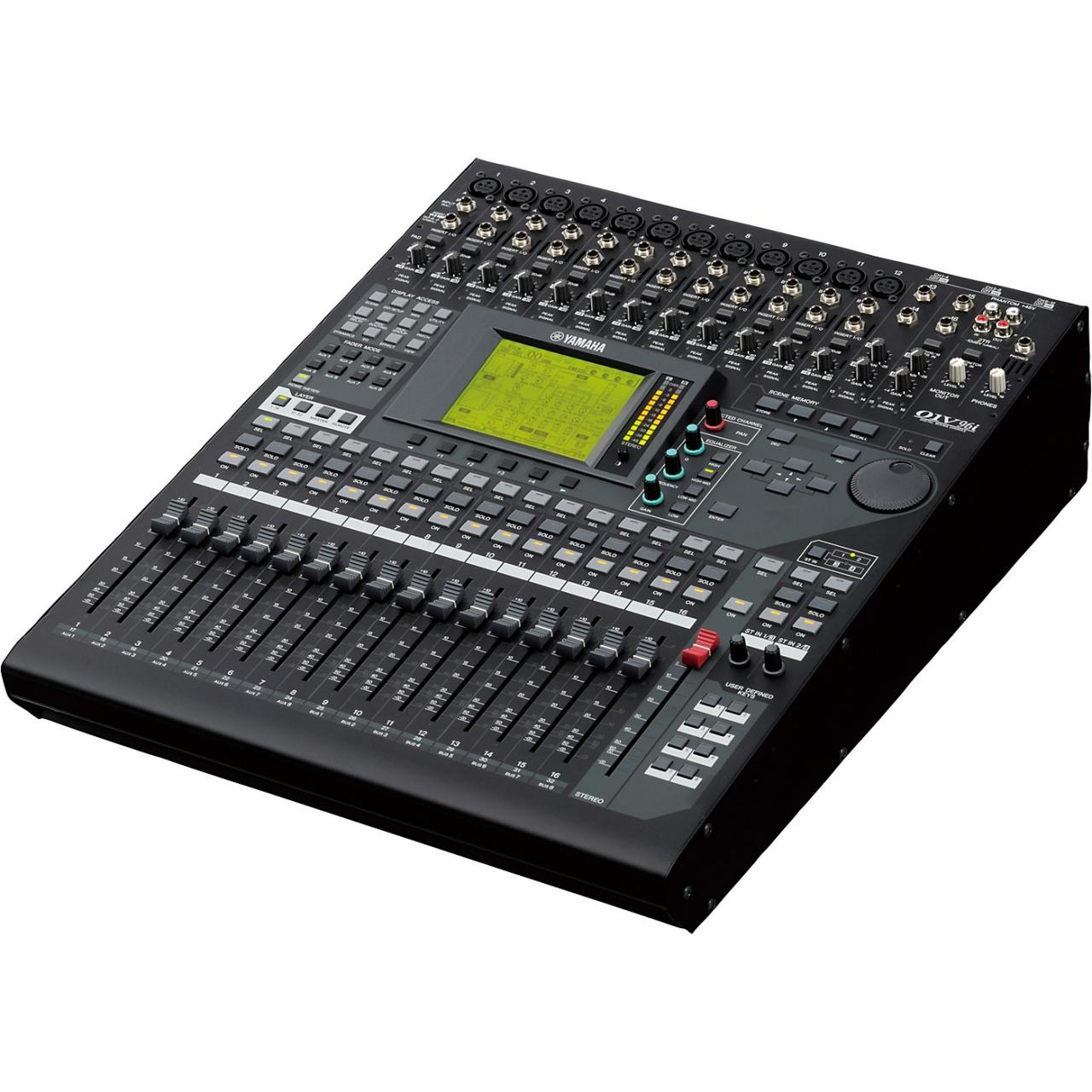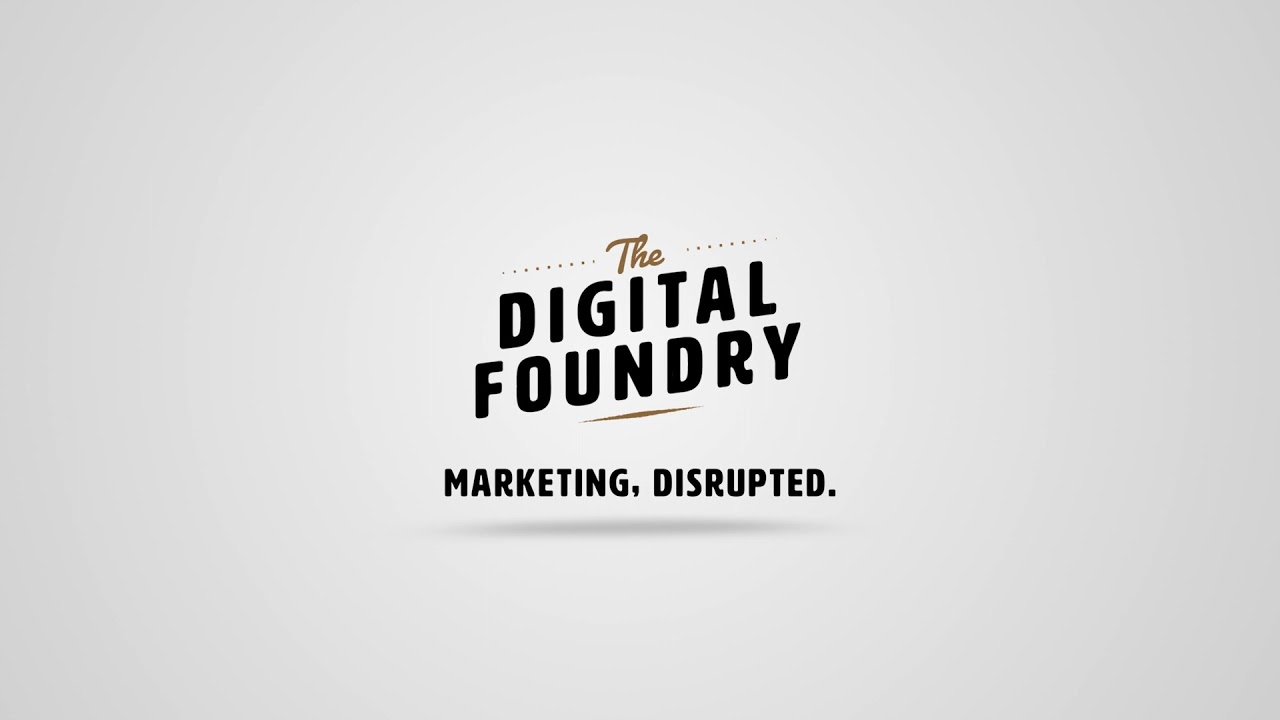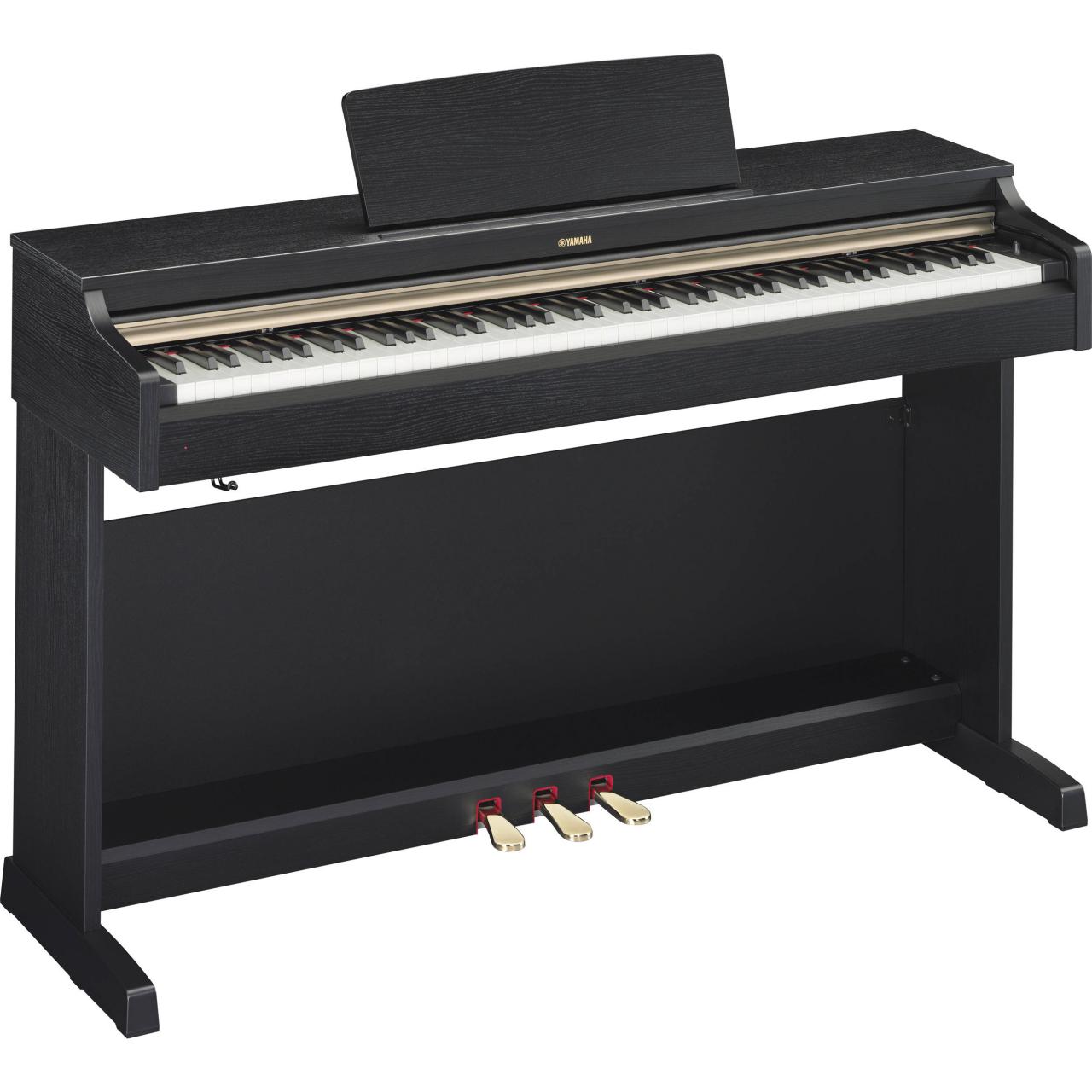Immerse yourself in the realm of Yamaha digital mixing boards, where cutting-edge technology meets unparalleled sound quality. Discover the transformative capabilities and unparalleled advantages that have revolutionized the world of audio engineering.
From live sound reinforcement to studio recording and broadcast production, Yamaha digital mixing boards empower you with limitless possibilities. Explore the diverse range of models, each meticulously designed to meet the demands of various applications.
Overview of Yamaha Digital Mixing Boards
Yamaha digital mixing boards offer advanced capabilities and features that cater to the demands of modern audio engineers. They provide unparalleled control and flexibility, empowering users to achieve exceptional sound quality and versatility in various live sound applications.Compared to traditional analog mixers, digital mixing boards offer numerous advantages.
Their digital architecture enables precise signal processing, allowing for accurate equalization, dynamic control, and effects manipulation. They also feature intuitive user interfaces with touchscreens and customizable layouts, streamlining the mixing process and enhancing workflow efficiency.
Advanced Features of Yamaha Digital Mixing Boards
Yamaha digital mixing boards are renowned for their advanced features, including:
-
-*Multi-track Recording
Capture live performances or studio sessions directly to external storage devices, providing the flexibility to record and edit multi-track audio for post-production.
-*Scene Recall
Store and recall multiple mixer settings, allowing for quick and seamless transitions between different songs or sets during live performances.
-*Dante Networking
Integrate with Dante-enabled devices for seamless audio distribution and control over a network, eliminating the need for bulky analog cabling and providing greater flexibility in system design.
Types of Yamaha Digital Mixing Boards
Yamaha offers a diverse range of digital mixing boards tailored to various applications and budgets. These boards can be broadly categorized into several types, each with distinct features and specifications.
Live Sound Mixers
- Designed for live sound reinforcement in venues such as concerts, theaters, and churches.
- Offer a wide range of input and output channels, effects, and automation capabilities.
- Key models include the Yamaha CL, QL, and TF series.
Studio Recording Mixers
- Primarily used for recording and mixing in recording studios.
- Provide high-quality preamps, pristine audio processing, and advanced mixing tools.
- Popular models include the Yamaha Nuage, RIVAGE PM, and DM series.
Compact Mixers
- Designed for smaller-scale applications such as rehearsals, live streaming, and portable sound systems.
- Offer a limited number of channels, basic effects, and simple operation.
- Notable models include the Yamaha AG, MG, and MT series.
Installation Mixers
- Intended for fixed installations in conference rooms, public spaces, and commercial buildings.
- Provide remote control capabilities, automated mixing functions, and integration with other systems.
- Examples include the Yamaha MTX, MRX, and XMV series.
Features and Functionality of Yamaha Digital Mixing Boards
Yamaha digital mixing boards are renowned for their advanced features and exceptional functionality. These mixing boards provide a comprehensive suite of tools for audio engineers, enabling them to achieve pristine sound quality and effortless control over their mixes.
Key features of Yamaha digital mixing boards include:
Channel Strips
- Comprehensive channel strips with dedicated controls for gain, EQ, dynamics, and panning
- High-quality preamps with pristine sound and low noise
- Extensive EQ options, including parametric, graphic, and dynamic EQ
- Advanced dynamics processing, including compression, limiting, and gating
Effects Processing
- Built-in effects processors with a wide range of reverb, delay, modulation, and distortion effects
- High-quality algorithms for realistic and immersive effects
- Dedicated send/return channels for external effects processing
Automation
- Powerful automation capabilities for controlling mix parameters over time
- Create and edit automation curves for faders, panning, effects, and more
- Recall and playback automated mixes for consistent results
Remote Control, Yamaha digital mixing board
- Remote control capabilities via Ethernet, Wi-Fi, or USB
- Dedicated software and mobile apps for intuitive mixing from anywhere
- Seamless integration with other Yamaha products, such as stage boxes and speaker systems
Applications of Yamaha Digital Mixing Boards
Yamaha digital mixing boards have found wide applications in various industries, owing to their advanced features and versatility. These boards are commonly used in live sound reinforcement, studio recording, and broadcast production, among other applications.
Live Sound Reinforcement
Yamaha digital mixing boards are extensively used in live sound reinforcement for concerts, performances, and events. Their ability to handle multiple inputs, advanced signal processing capabilities, and intuitive user interface make them ideal for managing complex live sound environments. They allow engineers to control multiple sources, apply effects, and adjust levels in real-time, ensuring optimal audio quality for audiences.
Studio Recording
In the studio recording environment, Yamaha digital mixing boards provide precise control over recording and mixing processes. Their high-quality preamps and converters capture pristine audio signals, while the advanced features such as automation, virtual instruments, and effects plugins enable producers to craft polished and professional-sounding recordings.
The boards offer flexible routing options, allowing for seamless integration with outboard gear and digital audio workstations.
Broadcast Production
Yamaha digital mixing boards are also widely adopted in broadcast production, where they play a crucial role in managing audio for television, radio, and online streaming. Their ability to handle multiple sources, including microphones, instruments, and playback devices, makes them ideal for complex broadcast environments.
The boards offer features such as broadcast-grade preamps, talkback functionality, and integrated effects, ensuring reliable and high-quality audio transmission.
Advantages and Disadvantages of Yamaha Digital Mixing Boards
Yamaha digital mixing boards offer numerous advantages over analog mixing boards, including improved sound quality, increased flexibility, and reduced setup time. However, there are also some potential disadvantages or limitations to consider before purchasing a Yamaha digital mixing board.
In the world of yugioh digital bug , players have access to a wide range of powerful cards. These cards allow players to summon powerful monsters, activate devastating traps, and cast game-changing spells. With so many different cards to choose from, it can be difficult to know which ones to include in your deck.
However, by understanding the strengths and weaknesses of each card, you can build a deck that is tailored to your own playstyle.
Advantages of Yamaha Digital Mixing Boards
- Improved sound quality:Yamaha digital mixing boards use high-quality digital audio components that provide superior sound quality compared to analog mixing boards. This is especially noticeable in the areas of clarity, detail, and dynamic range.
- Increased flexibility:Yamaha digital mixing boards offer a wide range of features and functionality that make them very flexible for a variety of applications. These features include multiple channels, built-in effects, and the ability to store and recall presets.
- Reduced setup time:Yamaha digital mixing boards can be set up much more quickly than analog mixing boards. This is because they do not require any patching or cabling, and all of the settings can be saved and recalled digitally.
Disadvantages of Yamaha Digital Mixing Boards
- Cost:Yamaha digital mixing boards can be more expensive than analog mixing boards. However, the increased functionality and sound quality may make them worth the investment for some users.
- Complexity:Yamaha digital mixing boards can be more complex to operate than analog mixing boards. This is because they have a wider range of features and functionality, and the user interface may be more complex.
- Reliability:Yamaha digital mixing boards are generally very reliable, but they can be more susceptible to damage from power surges or other electrical problems than analog mixing boards.
Comparison of Yamaha Digital Mixing Boards to Other Brands
Yamaha digital mixing boards are widely recognized for their exceptional quality and versatility, but how do they compare to similar products from other brands? This comparison will highlight the unique features and advantages that set Yamaha digital mixing boards apart.
Advanced Sound Processing
Yamaha digital mixing boards utilize cutting-edge sound processing technologies that provide unparalleled audio clarity and flexibility. Their onboard effects and signal processors offer a wide range of options for shaping and enhancing the sound, enabling engineers to create pristine mixes with minimal effort.
Intuitive User Interface
Yamaha digital mixing boards are renowned for their intuitive user interfaces, making them accessible to engineers of all skill levels. The logical layout and clear visual feedback allow for quick and efficient operation, minimizing setup time and maximizing productivity during live performances.
Extensive Connectivity
Yamaha digital mixing boards offer comprehensive connectivity options, including a wide range of analog and digital inputs and outputs. This versatility enables seamless integration with other audio equipment, such as microphones, instruments, and recording devices, providing engineers with the flexibility to adapt to any setup.
Advanced Automation Features
Yamaha digital mixing boards feature advanced automation capabilities that streamline the mixing process and enhance the overall performance. Scene recall and snapshot automation allow engineers to save and recall specific mixer settings, enabling quick and seamless transitions between songs or sections of a performance.
Design and Ergonomics of Yamaha Digital Mixing Boards

Yamaha digital mixing boards are designed with ergonomics and ease of use in mind. The layout is intuitive, with all the controls within easy reach. The controls are also clearly labeled and color-coded, making it easy to identify the function of each control.The
compact size of Yamaha digital mixing boards makes them easy to transport and set up. They are also lightweight, making them easy to carry around. The rugged construction of Yamaha digital mixing boards ensures that they can withstand the rigors of live use.
Software and Integration of Yamaha Digital Mixing Boards
Yamaha digital mixing boards offer comprehensive software and integration options, empowering users with advanced control and management capabilities. The proprietary Yamaha software suite provides an intuitive interface, enabling remote control and parameter adjustments from a computer or mobile device.
Software Functionality
The software allows for detailed mixing and processing, including EQ, compression, and effects. Users can create custom presets, save and recall scenes, and monitor system performance in real-time. Advanced features such as virtual soundcheck and multi-track recording enhance the mixing experience.
The yugioh digital bug deck is a powerful and versatile archetype that has been a staple in the competitive Yu-Gi-Oh! scene for years. The deck’s strength lies in its ability to swarm the field with low-level monsters, which can then be used to Xyz Summon powerful boss monsters.
Integration Options
Yamaha digital mixing boards seamlessly integrate with other audio equipment, including Dante audio networking, MIDI controllers, and external effects processors. This integration enables the creation of complex audio systems, allowing for flexible signal routing, remote control, and synchronization with other devices.
Technical Specifications of Yamaha Digital Mixing Boards

Yamaha digital mixing boards offer a wide range of technical specifications to meet the needs of different applications. These specifications include the number of channels, sampling rate, bit depth, and effects processing capabilities.
Number of Channels
The number of channels available on a Yamaha digital mixing board can vary from 16 to 96. This allows users to choose a board that is the right size for their application. For example, a small board with 16 channels may be sufficient for a solo performer or small band, while a larger board with 96 channels may be needed for a large ensemble or live sound reinforcement.
Sampling Rate
The sampling rate of a digital mixing board determines the quality of the audio signal. The higher the sampling rate, the more accurately the audio signal is captured and reproduced. Yamaha digital mixing boards offer sampling rates of up to 96 kHz, which is the highest sampling rate available on any digital mixing board.
Bit Depth
The bit depth of a digital mixing board determines the dynamic range of the audio signal. The higher the bit depth, the wider the dynamic range. Yamaha digital mixing boards offer bit depths of up to 32 bits, which provides a dynamic range of over 140 dB.
Effects Processing Capabilities
Yamaha digital mixing boards offer a wide range of effects processing capabilities, including reverb, delay, chorus, and flanging. These effects can be used to add depth and dimension to the sound of a mix. Yamaha digital mixing boards also offer a variety of presets that make it easy to get started with using effects.
Case Studies and Testimonials
Yamaha digital mixing boards have gained immense popularity among audio professionals, and their reputation is backed by numerous positive experiences and testimonials from users.
These mixing boards have been praised for their exceptional sound quality, versatility, and user-friendly design, making them a preferred choice for a wide range of applications.
Yamaha CL Series Case Study
In a live sound reinforcement scenario, the Yamaha CL Series digital mixing boards have been highly acclaimed for their ability to handle complex setups with ease. One notable example is the use of the CL5 at the 2019 Coachella Valley Music and Arts Festival.
The CL5’s intuitive interface and powerful processing capabilities allowed the sound engineers to manage the intricate audio requirements of multiple stages, ensuring a seamless and immersive sound experience for the festival attendees.
End of Discussion
Yamaha digital mixing boards stand as a testament to the company’s unwavering commitment to innovation and excellence. Their intuitive design, advanced features, and exceptional performance have earned them a reputation as the industry standard. Whether you’re a seasoned audio professional or just starting your journey, Yamaha digital mixing boards will elevate your audio experience to new heights.


